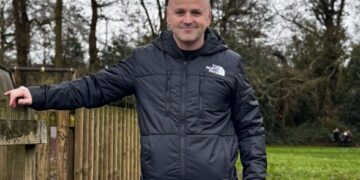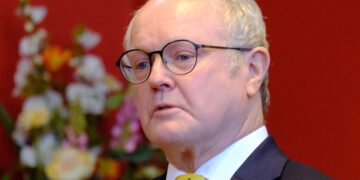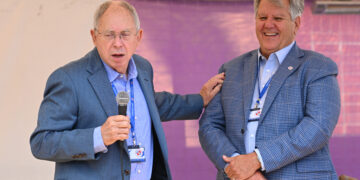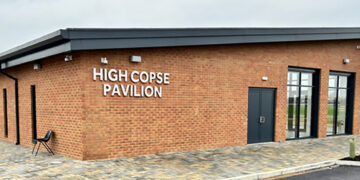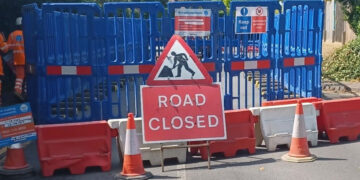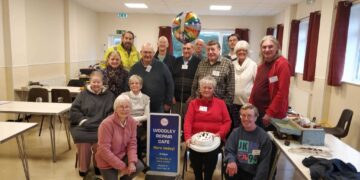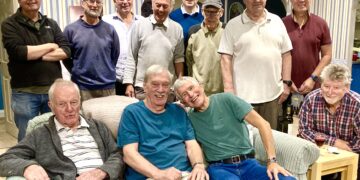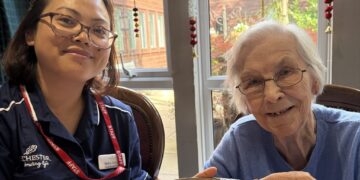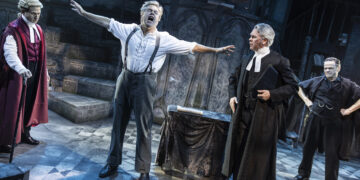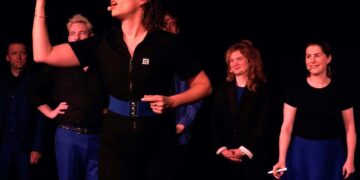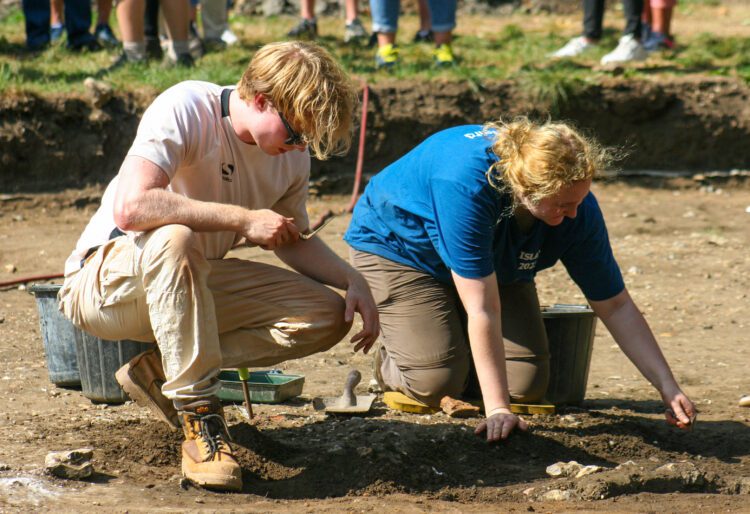THE UNIVERSITY of Reading has made further discoveries of remains which could support theories about monastic care of Anglo-Saxon people as part of an archaeological dig.
An additional find of 20 intact human burials were discovered as well as numerous disturbed remains since work resumed at the site back in August.
The discovery provides further evidence of the importance of monasteries in care-giving and as centres of healing in Anglo-Saxon society.
It also lends further information on the diseases and medical care experienced by people in the Early Middle Ages.
The dig site was first discovered by staff from the university’s Archaeology Department in 2021, since which it has seen a number of discoveries at the site.
The monastery was led by Queen Cynethryth, who ruled the kingdom of Mercia with her husband King Offa in the late 8th century.
Among the major discoveries made at the site was a cemetery containing the remains of more than 50 individuals from three generations.
Professor Gabor Thomas, Professor of Early Medieval Archaeology at the University of Reading, led the dig.
He said: “There appears to be a high prevalence of disease and healed injuries present in disturbed bone redeposited in later graves as well as intact burials. Parts of the cemetery were heavily used.
“Burials here intercut each other resulting in the disturbance of skeletal material placed back in the fill of subsequent graves. This demonstrates that individuals were receiving medical attention and care at the monastery over successive generations.
“Our discoveries highlight the importance of Anglo-Saxon monasteries as centres of healing and medical care.
“We can gain an impression of this role from contemporary historical sources, but Cookham is one of the first archaeological sites to provide detailed physical evidence for the range of diseases involved and medical care dispensed by contemporary monastic communities ”
Excavations at Cookham will continue next year.


